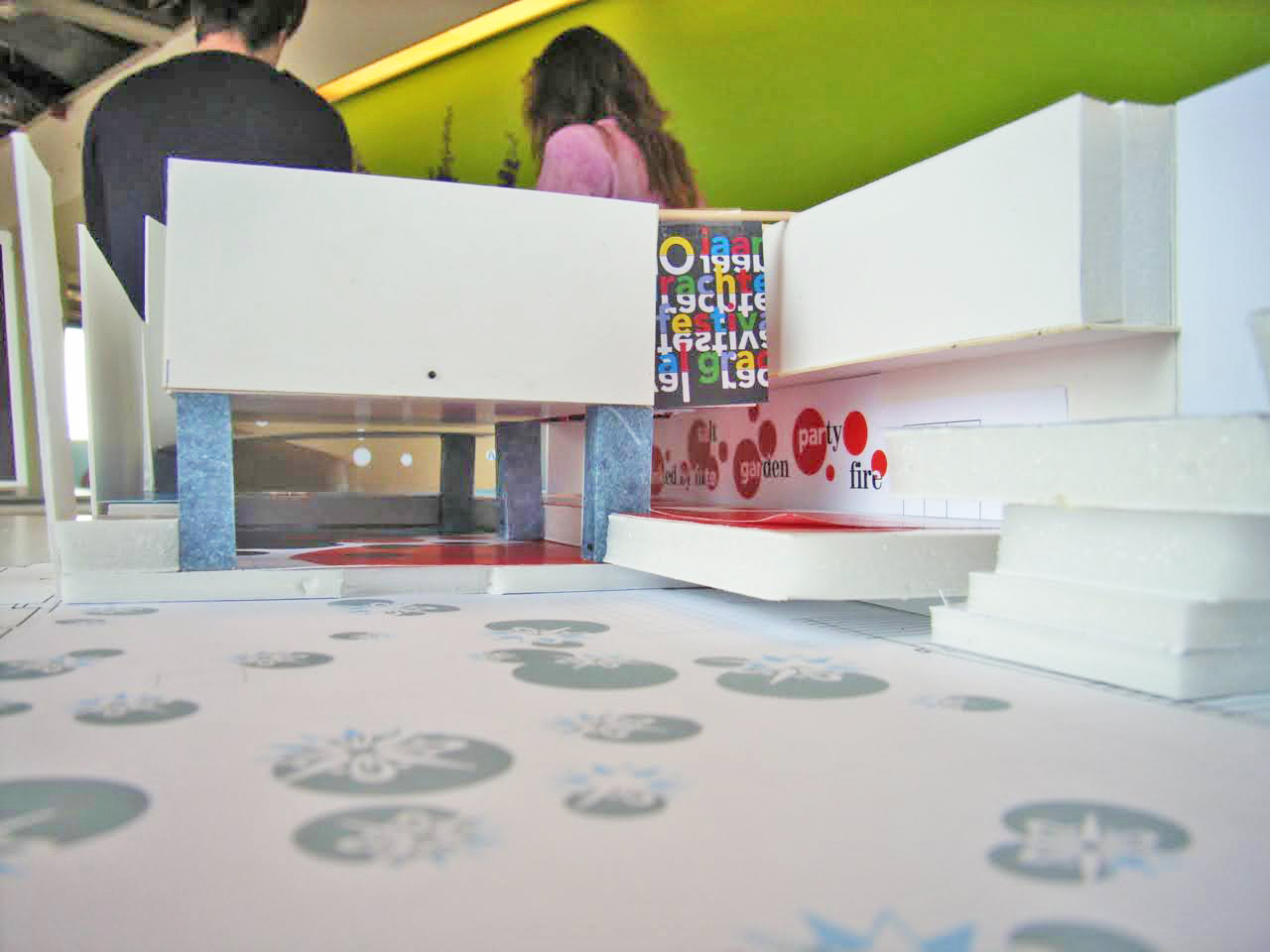An Editor’s Role in Exhibition Making
What led me, an editor, to start getting involved in exhibitions was the advice of a friend. I originally studied architecture at university and worked at a publisher as an editor of an architectural magazine, but after developing an urge to improve my graphic design skills, I quit my job to receive training at a graphic design firm in Amsterdam. It was while living in the Netherlands that I came to question the superficial way in which Japanese architects are featured in architectural magazines. When I spoke to my friend about my interest in making a book that goes more in depth, she suggested that I try making an exhibition together with the accompanying catalogue. I had never planned an exhibition before, but I took her advice without much hesitation, thinking that it should not be too different from planning and editing a special feature issue of a magazine. Fortunately, I was able to realize several projects, and I learned what it takes to make an exhibition by picking the brains of others working in the field.

From there, I gradually started getting more projects related to architecture and art, and now I am involved in more exhibition projects than purely editorial projects.
The actual tasks I do will depend on the makeup of the project team, but I do a wide range of things from researching potential exhibition ideas and drafting exhibition releases to contacting the copyright owners of photos and images, preparing materials for the designers, and occasionally even designing little things like flyers. I feel that I am “editing” in a broad sense of the term.
I think what it is that I enjoy is the process of discussing and synthesizing as a team our ideas about how we should convey the intent, joy, and appeal of an exhibition (I do not believe dumbing down is always the right way to go). When planning the volume and content of the texts for the Windowology exhibition, I thought about not only what position they should hold within the exhibits and what they should communicate to viewers but also how to make them stand as essential pieces of the exhibits in their own right. Being a showcase of research, this exhibition was particularly susceptible to becoming text-heavy. Also, because it was going to be shown overseas at the Japan Houses, I took care not to make the texts rely too much on the readers’ knowledge of Japanese culture. When preparing the translations, I consulted with the translator to ensure that the texts would make sense in English and added supplementary notes for terms that may be unfamiliar to people outside Japan.
Describing my job as being less about me working on my own and more about coordinating and compiling the work of other professionals, such as curators, designers, architects, and translators, has renewed my feeling that what I do can indeed be called editing (i.e. compiling information for an audience by composing, arranging, and making adjustments to materials and texts to achieve a certain purpose). An exhibition may not look very different with or without an editor, but I hope to elevate the overall quality of projects by picking up the things that tend to slip into the gaps between the responsibilities of the various people involved in their making.
If there is something that sets me slightly apart from other editors, it may be the perspective I gained from working at the Dutch graphic design firm. I cannot claim that the one firm I worked at is representative of all of the Netherlands, but there my eyes were opened to things that I never saw in Japan, such as the way they perceive design’s role in society, the way they build relationships with clients, and the boss-employee relationship within the firm. I think that experience made me become more conscious about listening to different views and broadening my horizons.
Although I initially set out to develop my graphic design skills with the desire to be able to make books independently, I now very much enjoy working as a member of teams, which has enabled me to experience things that I could never have working on my own.
Exhibition Assistant: Naomi Shibata